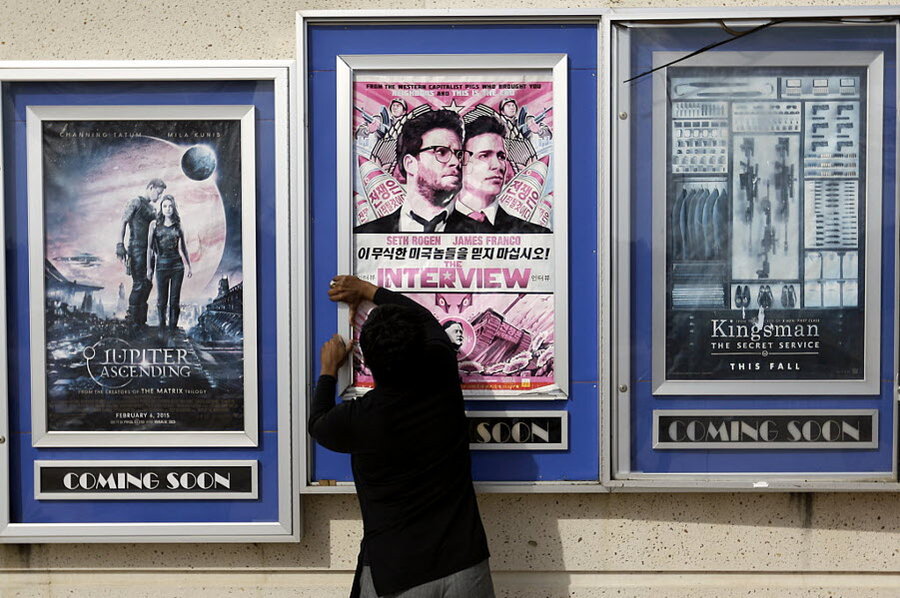Why Lena Dunham wants you to deface Jason Bourne ads
Loading...
The advertisements for the latest installment of the "Bourne Identity" movie franchise are simple: actor Matt Damon is pictured against a stark black background, his arm outstretched, grasping a handgun.
The presence of these ads plastered around subways in New York City has prompted strong reactions. Lena Dunham, star of HBO's "Girls," has called for New Yorkers to rip the guns off the ads, seconding the Instagram post of "Girls" producer Tami Sagher, who said: “Hey New Yorkers, what if we do some peeling and get rid of the guns in the 'Jason Bourne' subway ads. So tired of guns.”
Other groups, like the “erase guns in ads” Tumblr-based campaign, have been placing their signature black stickers over the guns in the "Jason Bourne" ads.
New York's chatter surrounding the use of the guns in the advertisements, sparked by Ms. Dunham, highlights the larger question of how guns are promoted and glamorized in a time when Americans are debating ways to curb gun violence and mass shootings.
Iconography around guns has been an essential part of action movies, but the Motion Picture Association of America does have some restrictions around how they can be used in movie advertisements, including limitations on guns being pointed at movie characters, pointed at the audience, or held near children.
Members of the film community have also been vocal in protesting gun violence. A range of celebrities from Spike Lee to J.J. Abrams took part in this year's annual “Wear Orange” for a gun-free America campaign. And Matt Damon himself has come out against gun violence, telling Australia’s Sydney Morning Herald that he wished the United States could ban guns as Australia did.
“People get so emotional that even when you make a suggestion about not selling AK-47s to people on terror watch lists, that’s a non-starter," he said. "I don’t know what needs to happen."
However, despite celebrity statements against guns, Hollywood continues to incorporate guns both in ads and plot lines. In a study published in a 2013 issue of the journal Pediatrics, a team of researchers found that violence in films had more than doubled since 1950, gun violence in PG-13 films had more than tripled since 1985, and PG-13 films have contained as much or more violence as R-rated films since 2009.
“By including guns in violent scenes, film producers may be strengthening the weapons effect and providing youth with scripts for using guns. These findings are concerning because many scientific studies have shown that violent films can increase aggression,” the report said, suggesting that “the presence of weapons in films might amplify the effects of violent films on aggression.”
First Amendment protections restrict Congress from issuing blanket bans on guns in commercial advertising, but some companies have moved to regulate how they depict gun imagery.
In 2013, in the wake of the shootings at the Sandy Hook Elementary School, the cable provider Time Warner issued a policy banning advertisements showing “semi-automatic weapons and guns pointed at people.”
Meanwhile, other companies have moved in the opposite direction: GunTV, a home shopping network for guns, debuted at the start of 2016. Their Facebook page says that they combine a ”social responsibility message with the traditional home shopping channel format.”
While gun advertisements themselves have received pushback, gun depiction in ads for films and video games has largely been an aside to the on-going conversation about gun legislation and access. It remains to be seen whether grassroots social media campaigns, like those against the "Jason Bourne" promotions, will build into momentum to change how firearms are depicted in public spaces.







